Isn't growing coffee at low altitude a boutique coffee? Flavor characteristics of Hawaiian Kona Coffee beans
Professional coffee knowledge exchange more coffee bean information please follow the coffee workshop (Wechat official account cafe_style)
When it comes to Hawaii, many people think of sun, sand and waves, while front street baristas think of Kona coffee, which is full of maltose. The soft acidity of Kona coffee and the sweet coffee flavor of maltose can make many fans of Qianjie coffee miss.
Hawaiian Islands, Hawaiian Islands
Hawaii is an affiliated archipelago of the United States, located in the middle of the Pacific Ocean. Among the many islands, only the big island grows coffee, not only because the elevation of the big island is higher than that of other islands, but also because the climate is the most suitable, and there are not too many hybrid varieties, ensuring the purity of the planting environment. Although the Big Island is the highest above sea level than other islands, the coffee-growing area is only 300 mi 1,100 meters above sea level. This altitude is not up to the standard in the field of boutique coffee, but no one will say that Kona coffee does not belong to boutique coffee, is it a bit contradictory? We in front street coffee often discuss with other coffee counterparts, for the concept of boutique coffee, there seems to be a certain standard, but there are always a few chic coffee will break this standard, this is what Qianjie coffee thinks coffee is interesting.
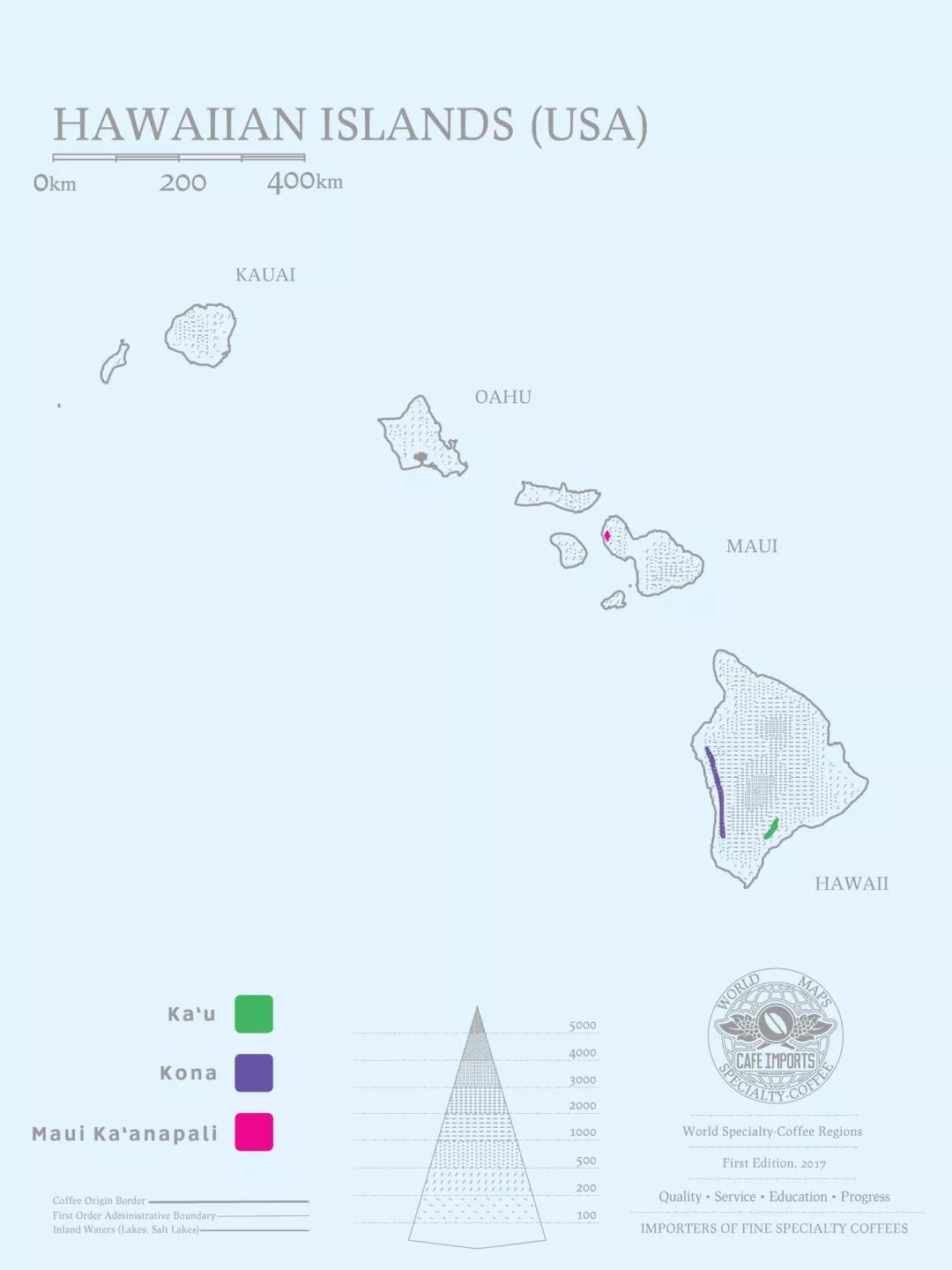
Characteristics of Island Coffee
Hawaii is an island-type coffee producing area. The coffee growing area is located in the middle of the ocean and is not linked to land. The temperature here does not change much throughout the year, but there is a big temperature difference between day and night, and there are enough clouds to block out the sun. Although the average elevation of coffee producing areas is not very high, the quality of coffee produced here is not low due to Hawaii's special island climate and fertile volcanic soil. The regional flavor of island coffee is defined as soft fragrance and elegance. The thickness is slightly thinner, not as mellow as Indonesia's Mantenin, but also owes Kenya's changeable acid quality.
Hawaiian coffee producing area
The main coffee growing areas in Hawaii are MAUI ISLAND,WAIKAPU,MAUI ISLAND,KAU,BIG ISLAND (coffee bean processing plant) and KONA,BIG ISLAND. Among them, coffee grown by Kona has made Hawaiian coffee famous.
MAUI ISLAND: MAUI has a large coffee garden, Ka'anapali, which is divided into a lot of small plots, but coffee is produced centrally. The estate was a sugar cane plantation from 1860 to 1988 and was later converted into a coffee plantation. Production area: 100-550 meters above sea level.
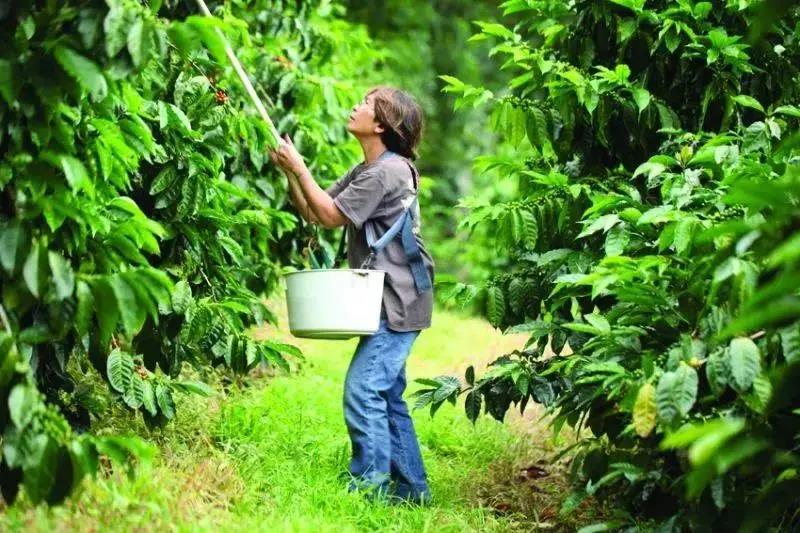
WAIKAPU MAUI ISLAND: this area can be regarded as a relatively young coffee producing area in Hawaii. The only coffee garden in the area is owned by a company on the neighboring island of MOLOKAI. Production area: 500-750 meters above sea level.
KAU,BIG ISLAND (Coffee Bean processing Plant): it was not planted until the sugar cane processing plant was closed in 1996, and before 2010, coffee cherries produced here had to be processed in neighboring areas, such as PUNA or KONA, but now a local processing plant has been built, so local people do not have to take coffee cherries to other places for post-processing.
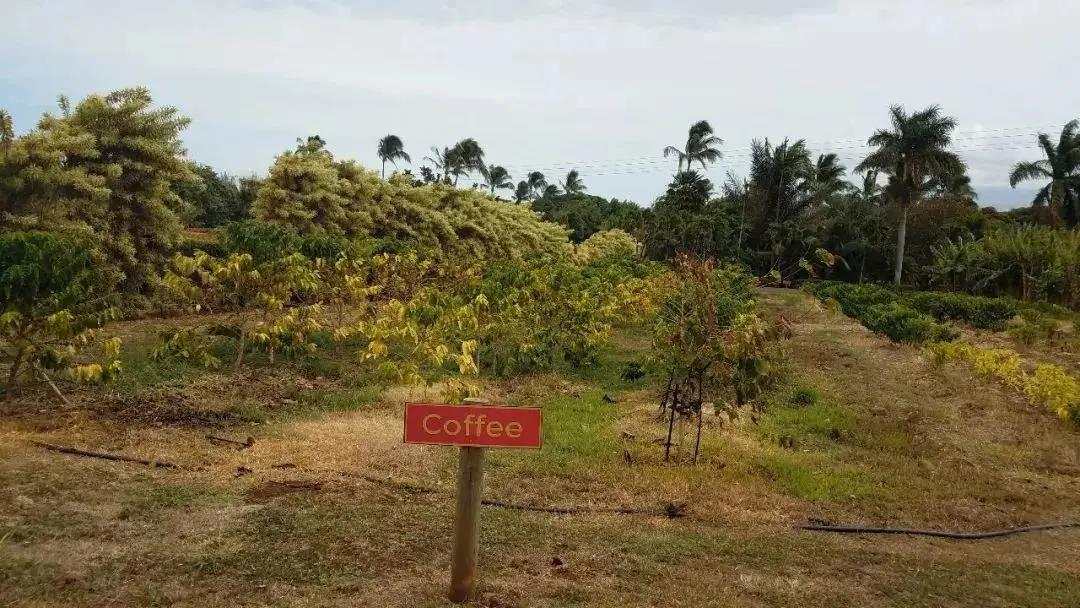
HAMAKUA BIG ISLAND: coffee was grown here in 1852. There used to be eight plantations. Like other producing areas in Hawaii, the coffee industry began to decline because of the prosperity of the sugar industry, but coffee has been grown here since the mid-1990s. Production area: 100-600 meters above sea level.
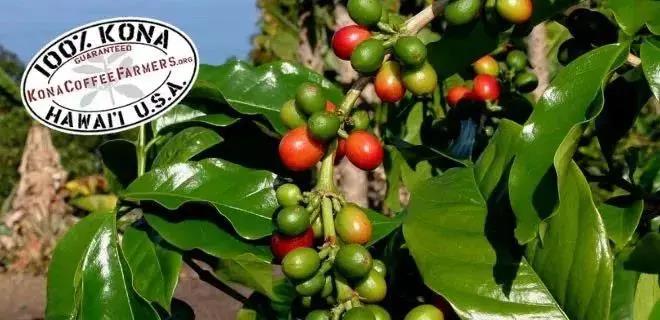
KONA,BIG ISLAND: Kona, located in the southwest of the Big Island, is 20 miles long and 2 miles wide, covering the slopes of Hualalai and Mauna Loa. Between 300 and 1100 meters above sea level, it is the most suitable environment for coffee trees to grow. As a result, the slopes of Horala and Mauna are covered with coffee trees. Only coffee beans grown in this area and subject to the most stringent certification standards can be sold under the brand name Kona.
Kona coffee planting model
Kona coffee has always been grown at home. The harvest season of Kona coffee is from late August to January of the following year, when farmers pick the ripe fruit in batches and get coffee beans after processing. At first, only men were allowed to work in the coffee garden, and later women joined in.

Kona coffee is affected by insect pests and weather.
In 2010, Hawaii was invaded by fruit insects, and the island's boutique coffee producing areas of Kona and plus fog suffered the worst. Coffee production on the island plummeted by 50%. Later, through the control of pesticides and biological beetles, Kona coffee production recovered more than 40% in 2015. Although the disaster has been brought under control, the number of Rain Water on the island has decreased in recent years, which has affected the Kona producing area. due to the decreasing production of coffee beans and the high market demand, the price has been close to that of Blue Mountain Coffee in recent years.
Kona coffee variety
Typica is the oldest native variety in Ethiopia, and almost all coffee beans that Arabica now belongs to are derived from Ironpickup. Iron pickup has an elegant flavor, but its physique is weak, its disease resistance is low, and it is easy to be infected with leaf rust. The output of coffee beans is small, so it can not be economical.
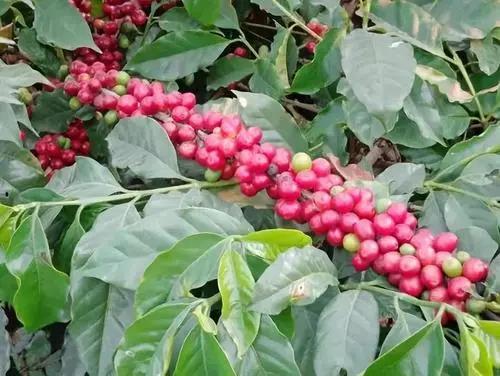
Kona's iron pickup was introduced from Guatemala in 1892. Kona's tin beans are huge and grow at an altitude of 600-1100m. Kona's altitude is lower than that of other coffee-producing countries, but on the island of Hawaii, Kona is high altitude. Some people have tried to transplant Kona's iron pickup to other islands, but because the temperature of other islands is too high and the altitude is too low, the iron pickup does not grow smoothly, so it cannot produce the soft and sour fragrance unique to Kona.
Flavor characteristics of Kona coffee beans
Kona coffee beans are unusually full-bodied with cinnamon flavors and a well-balanced sour taste. And the luster is bright, and the shape of Kona beans is neat on average. Kona coffee is characterized by reminiscent of grass or trees as fresh and sweet, as well as citrus fruit-like acidity and richness, a variety of features, without a trace of turbid texture. Qianjie cup test Kona coffee that the coffee flavor is rich and fragrant, not bitter, not astringent, no scorched taste with soft sour taste and sweet maltose, taste rich, smooth, mellow.
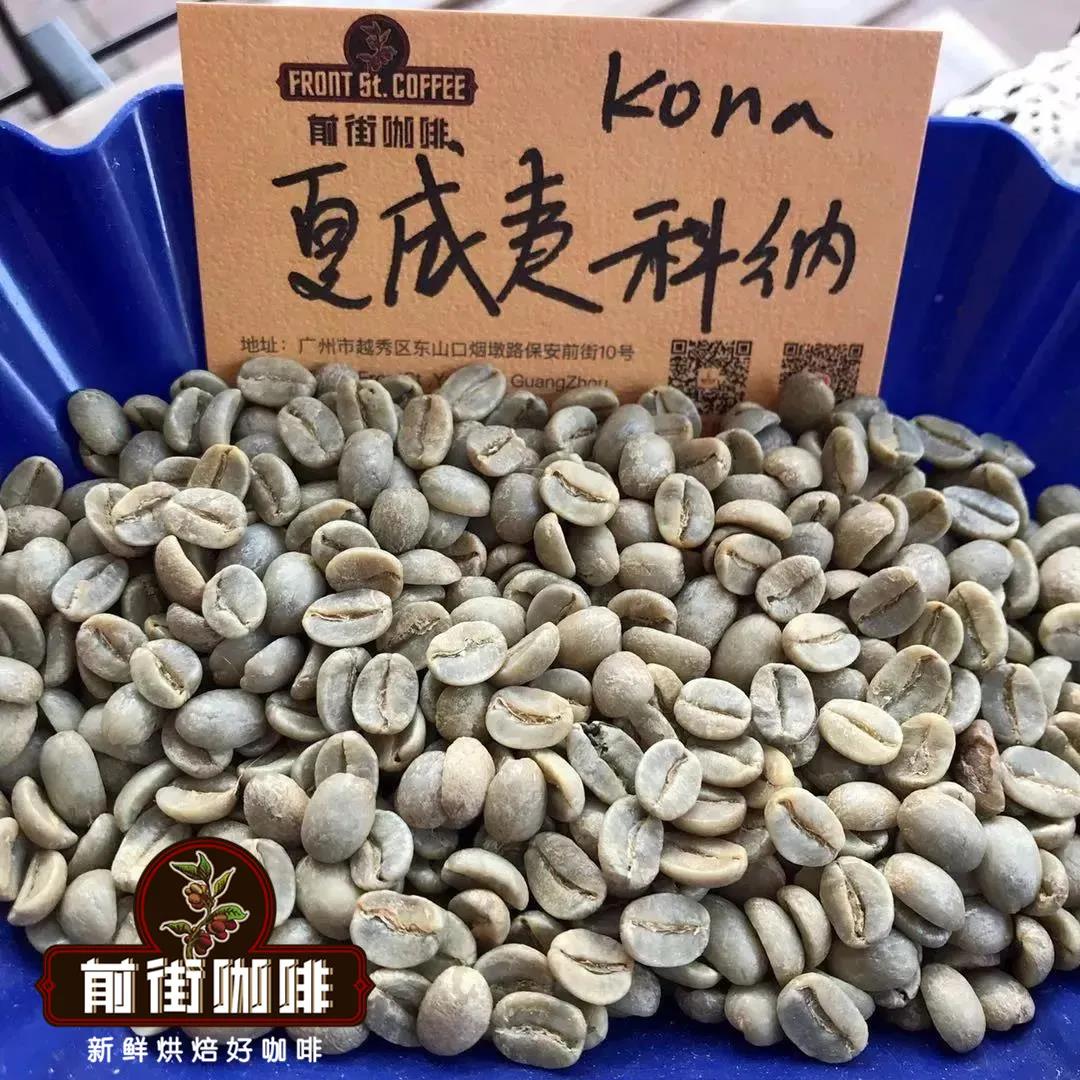
Kona coffee treatment
Kona production area is mainly water washing method. The biggest difference from the sun method is the use of fermentation to remove the pectin layer. After completing the fermentation and removing the pectin, the coffee beans will be cleaned again because the fermentation bacteria and impurities will remain on the coffee beans. In order to clean, this step will consume a lot of water, and then the fruit will be dried and shelled.
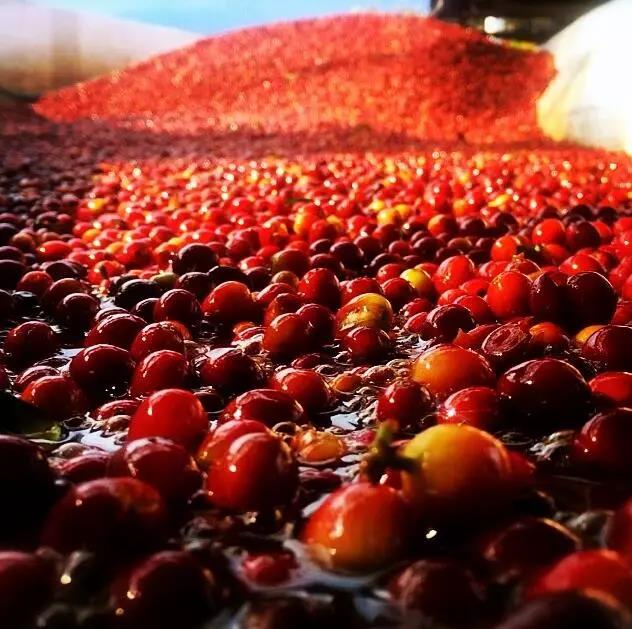
Hawaii's clean and sweet mountain spring water provides the ideal conditions for Kona coffee beans to be washed, which creates the bright appearance and pure and fresh taste of Kona coffee beans.
Kona coffee grading system
KONA coffee beans are mostly classified according to bean size, which can be divided into four grades, which are the most advanced Extra Fancy, Fancy,Prime and Gr. No.1 et al. It is also divided into Type1 and Type2.
Type1 is a standard coffee bean that contains the largest Kona Extra Fancy, followed by ratings from large to small: Kona Fancy;Kona Select and Kona Prime.
Type2 is an exclusive small round bean, including two grades of Kona Number 1 Peaberry and a smaller Kona Peaberry Prime.

Producing area: Kona producing area
Manor: Queen's Manor
Altitude: 1100m
Variety: iron pickup
Treatment method: washing treatment method
Kona of Front Street Coffee comes from Queen Queen Farm Farm. In 2009, he won the runner-up title in the 2011 Geberia (Hawaii KONA Review) Cup Grand Prix. 70% of the harvest there is the top premium boutique beans, and it is a farm known for its high quality. Even the slightly inferior boutique beans have the aroma of super boutique beans, which people in the baking industry are amazed and full of praise.
Qianjie baking suggestion
Kona and Blue Mountain Coffee are low-density beans, the temperature of the beans should not be too high, when sending out sweet taste, the color changes to light yellow, high moisture content, and needs to be steamed for enough time. Coffee beans are fresh and clean and have a strong and heavy touch. Kona should not roast too deeply. Qianjie coffee is recommended for light roasting.
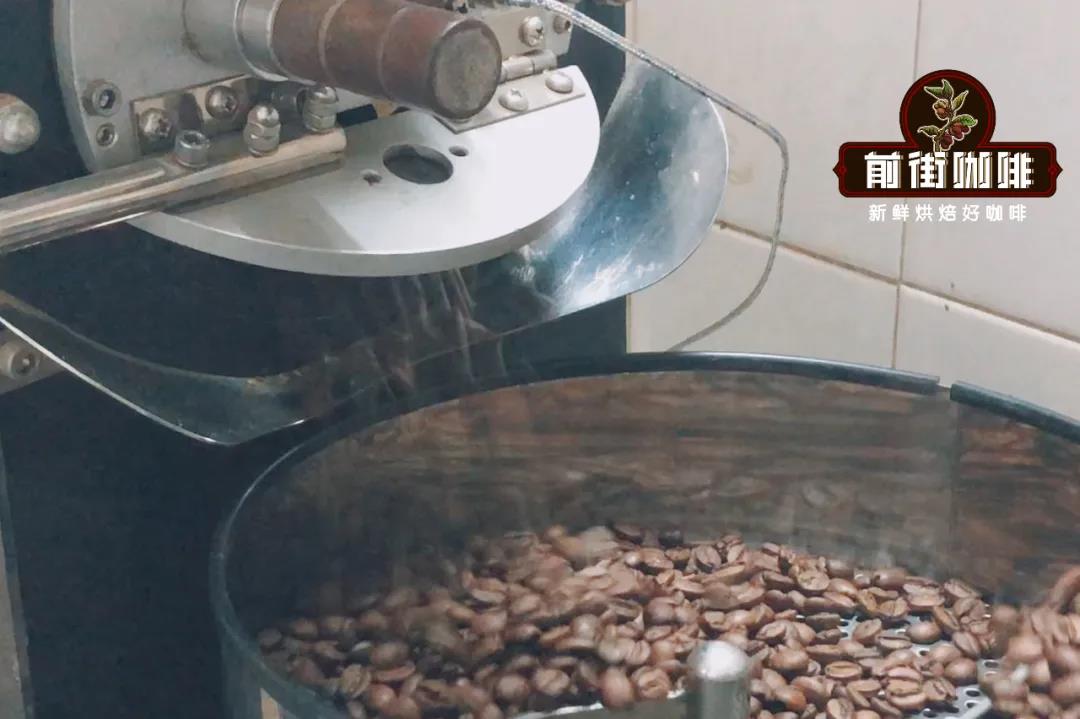
Machine: Yang family 800N, raw beans 550g. Put the furnace temperature to 200 degrees Celsius, adjust the firepower to 150 degrees after opening the throttle for 1 minute, keep the throttle unchanged, bake to 5 degrees 35 ", the temperature is 150 degrees, the bean surface turns yellow, the smell of grass completely disappears, the dehydration is completed, the firepower is adjusted to 140 degrees, and the throttle is changed to 4.
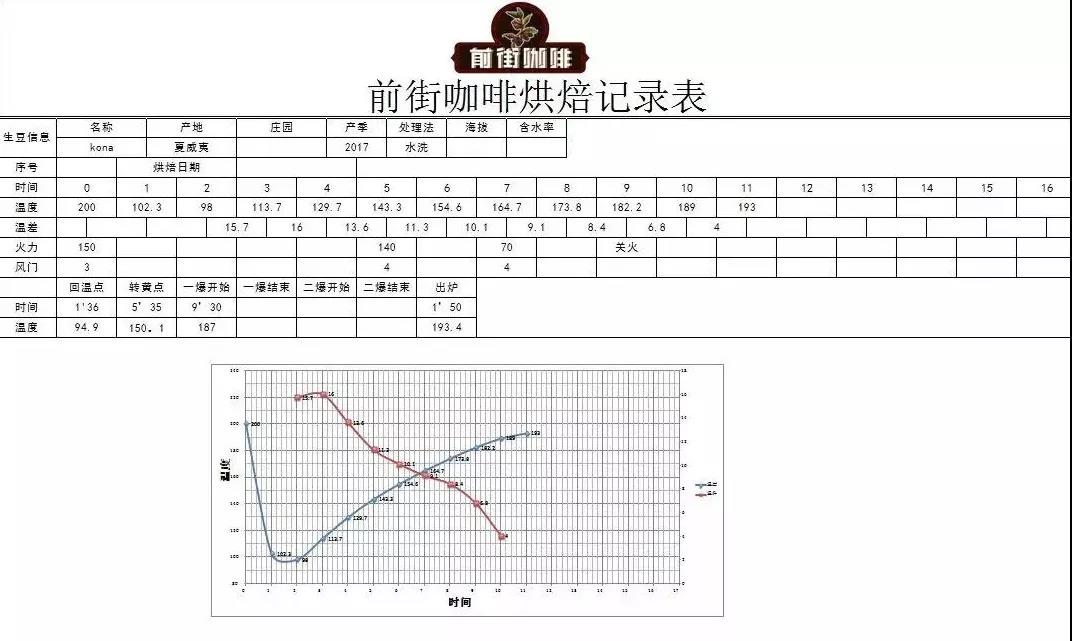
In the 9th '30th minute, ugly wrinkles and black markings appear on the bean surface, and the smell of toast obviously changes to the smell of coffee, which can be defined as a prelude to an explosion. At this time, listen carefully to the sound of the explosion point, start the explosion at 9: 30 ", lower the firepower to 70 degrees, the throttle should be fully open (adjust the firepower to be very careful, not so small as to be free of bursting sound), turn off the heat at 182 degrees, and put the pot at 193.4 degrees.
Qianjie Cup test report
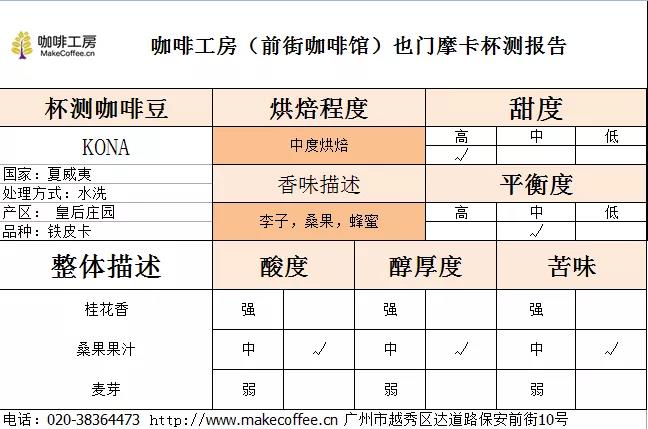
Recommendation of Qianjie cooking parameters
Filter cup: Kono
Water temperature: 89-90 degrees
Degree of grinding: fine sugar size / 20 sieve bowl sieve powder to 80%
Ratio of powder to water: 1:15
Amount of powder: 15g

Qianjie coffee is extracted by stages, that is, three-stage water injection, 30 grams of water stuffy steam for 30 seconds, the second small flow circle water injection to 125 grams off water, waiting for the water to drop and then slowly water injection, the speed is uniform, the water level should not be too high, the water injection should be stopped at 225 grams again, and the extraction time is 2 minutes-2 minutes and 10 seconds (including steaming time).
Brewing flavor: balanced and warm sweet osmanthus honey and elegant fullness not thick taste, brewing coffee emitting mulberry aroma makes people feel sweet and happy, the aftertaste has a smooth malt taste, cold down like a cup of mulberry tea.
For more boutique coffee beans, please add private Qianjie coffee on Wechat. WeChat account: kaixinguoguo0925
Important Notice :
前街咖啡 FrontStreet Coffee has moved to new addredd:
FrontStreet Coffee Address: 315,Donghua East Road,GuangZhou
Tel:020 38364473
- Prev
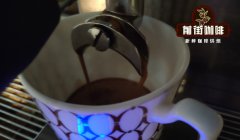
Will drinking coffee increase the burden on the heart? Can I have coffee for a heart attack? How much coffee is consumed?
You may have heard that coffee causes a rapid heartbeat and an abnormal heart rate. But let's take a look at the latest research results. Lead researcher Gregory Marcus said: health care workers often advise against drinking coffee to avoid arrhythmias, but in fact we can't find evidence that coffee drinkers have a higher risk of arrhythmias. University of California
- Next
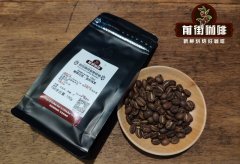
How to store coffee beans at home? Can coffee beans be stored in the refrigerator? Tips for coffee storage
Fresh coffee tastes best. So how do you take steps at home to make sure your coffee stays this way? There are many techniques and tricks, but some of them do more harm than good. Read on to learn why we need to store coffee correctly, how to finish coffee at home, and how to get the best coffee tips. Why is coffee storage important? Leave the potatoes in the dark and dry.
Related
- Beginners will see the "Coffee pull flower" guide!
- What is the difference between ice blog purified milk and ordinary milk coffee?
- Why is the Philippines the largest producer of crops in Liberia?
- For coffee extraction, should the fine powder be retained?
- How does extracted espresso fill pressed powder? How much strength does it take to press the powder?
- How to make jasmine cold extract coffee? Is the jasmine + latte good?
- Will this little toy really make the coffee taste better? How does Lily Drip affect coffee extraction?
- Will the action of slapping the filter cup also affect coffee extraction?
- What's the difference between powder-to-water ratio and powder-to-liquid ratio?
- What is the Ethiopian local species? What does it have to do with Heirloom native species?

